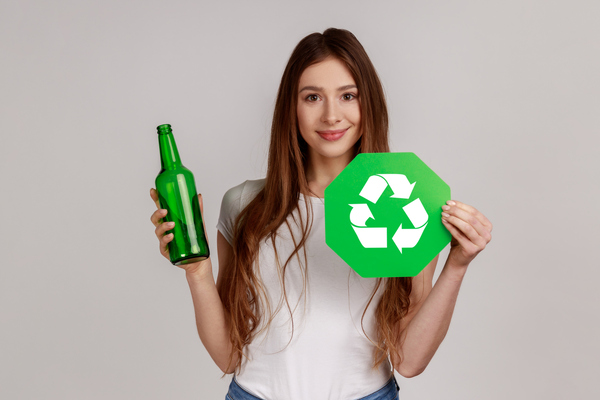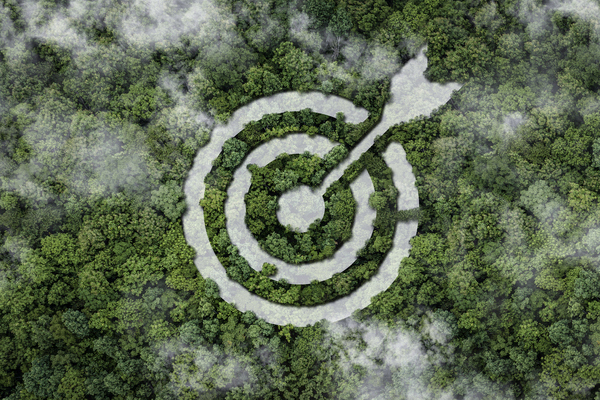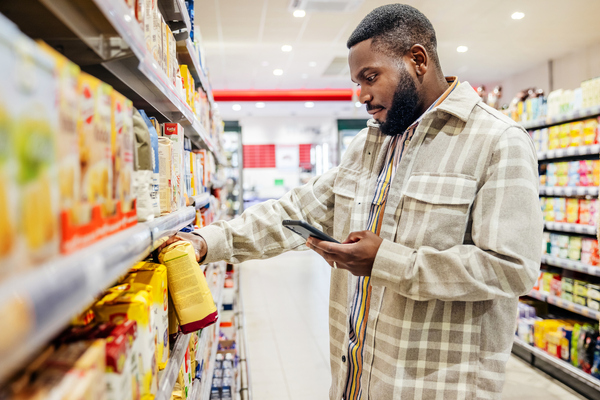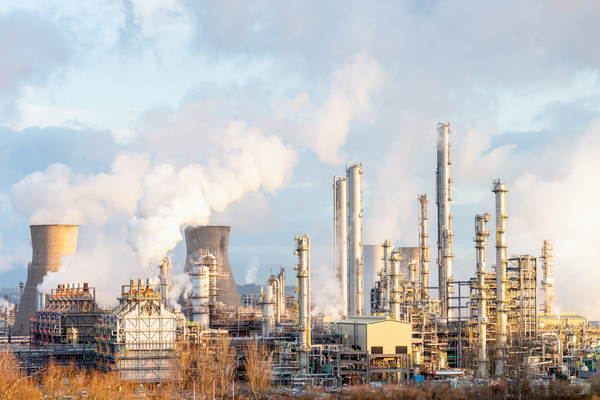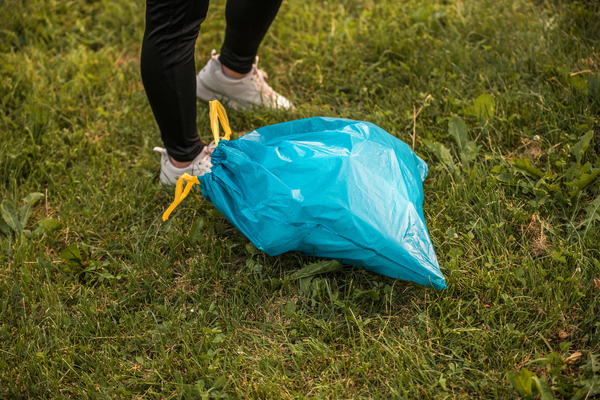Sustainability drives innovation in packaging
Sponsored by Universal Flexible Packaging
For almost everything we buy (the exceptions might be cars and houses), packaging is essential. It protects items when they are being transported and preserves them when they are stored or on shop shelves. And it acts as a platform for important messages to be communicated to consumers.
We need packaging. But we also need packaging that is sustainable. On average, packaging accounts for about 5 per cent of the energy used in the life cycle of a food product, making it a significant source of greenhouse gas emissions. It’s also a major source of pollution on land and in oceans. Consumers around the world are increasingly concerned about the problems that packaging causes. And that’s why retailers and manufacturers are addressing the issue.
The common mantra is for sustainability in packaging is “reduce, reuse, recycle”, and there are a number of strategies that manufacturers can adopt:
- Reduce: they can use fewer raw materials during manufacturing
- Reduce: they can process products sustainably so less energy is used during their lifecycle, for instance on logistics or storage
- Recycle: they can include recycled materials such as paper or metal in production processes
- Recycle: they can design products so they can be recycled into other products, for instance by making them of paper or certain plastics
- Reuse: they can design products so they can be reused, such as multi-use car parts packaging and supermarket “bags for life”
Clearly there are a number of different opportunities for packaging companies to act sustainably. And one company that is at the forefront of sustainable packaging is Universal Flexible Packaging (Uniflex). The family-run firm, founded in 1995 and employing 170 people in the Leicester area, provides a one-stop-shop for food brands, designing, printing, packing, storing and delivering products, and in some cases even manufacturing the product itself.
The company’s CEO, Tinku Durrani, is convinced that sustainability is an essential element of responsible packaging. But he approaches the issue pragmatically. It’s important, he says, to realise that recycling isn’t always what it seems. Only about 9 per cent of plastic waste is recycled. 12 per cent is burned, often with damaging consequences to the atmosphere. And a staggering 79 per cent ends up in landfill.
The problem is made worse by the fact that about half of all plastic is used only once. It’s useful for a few moments and then discarded to lie uselessly, and often damagingly, for hundreds of years. Single-use plastic is a serious environmental hazard. Unfortunately, there is little legislation compelling the recycling of plastic. Therefore companies such as Uniflex are taking the lead, in the hope that governments will follow.
So how does a sustainable packaging company operate? Uniflex starts with what you might call sustainability hygiene – reducing energy use with LED lighting in its factory, investing in energy-efficient machinery (such as its sugar FIBC stations, which deliver an increased through-put of around 15 per cent), and minimising waste at all stages of production.
In addition, all of Uniflex’s packaging services have sustainable options. They offer plastic-free 100 per cent paper packaging that is suitable for food products – without the need for plastic or metal lining. Uniflex uses biodegradable plastic films that can be composted after use, and can provide “Code 4” recyclable plastics.
Code 4 plastic is a low-density polyethylene that is often used for things such as plastic bags, tubes and bottles. There is nothing particularly special about it. It’s recyclable, but as we learned earlier most recyclable plastic ends up in landfill. And that’s because recycling different types of plastic require that recycling machines are adjusted depending on what is being recycled. This is often more trouble than it is worth.
Uniflex, however, has gone some way to solving this problem, by creating a type of Code 4 plastic that can be recycled and run on existing packaging machinery without expensive alterations having to be made. This is a considerable step forward.
In the UK, snack manufacturers that want space on a major retailer’s shelves are adjusting their packaging processes to ensure their packaging is Code 4 compliant. This is one way retailers have of reducing the waste from single-use plastic. But sadly, plastic waste that goes to municipal dumps for recycling often ends up in landfill. To prevent this from happening, Uniflex’s Code 4 packaging asks consumers to take their waste back to the retailer where, along with broken plastic bags, it can be collected for recycling. This back-to-store initiative had been adopted by most retailers to allow consumers to recycle materials that can’t be processed in the usual kerbside manner.
To an extent this is work in progress. Many consumers still have to learn about the importance of taking Code 4 plastic waste back to the retailer. (That’s one of the reasons we are writing this article.) There is a need for education, and Uniflex, alongside retailers and other manufacturers, is working with the On Pack Recycling Label scheme (OPRL) to promote the use of on-pack recycling labels and to increase understanding of their significance among consumers.
The solutions for sustainable packaging are not always obvious. Paper, for instance, is often thought as better for the environment than plastic. But there is a need to look at the whole picture.
Paper is often a less robust packaging material and its use can result in increased food waste (with a consequent increase in the use of energy, water and agricultural chemicals). It’s expensive to recycle. To make it more waterproof, paper often needs to be lined with plastic, making it impossible to recycle. And paper takes up more space than plastic and is heavier, leading to increased energy use during transport and warehousing.
The best packaging material to use will depend on many factors, including the product being packed, the climate, and the method of transport and storage. Paper is not always going to be appropriate, or even the most sustainable option. Instead the solution should be to focus on reducing waste throughout the lifecycle of the product and, wherever possible, to avoid the use of single-use plastics.
Tinku Durrani is clear: there is no right way of creating sustainable packaging. But whatever your needs, there is a sustainable packaging solution available, if you only look for it.

Business Reporter Team
Related Articles
Most Viewed
Winston House, 3rd Floor, Units 306-309, 2-4 Dollis Park, London, N3 1HF
23-29 Hendon Lane, London, N3 1RT
020 8349 4363
© 2025, Lyonsdown Limited. Business Reporter® is a registered trademark of Lyonsdown Ltd. VAT registration number: 830519543
